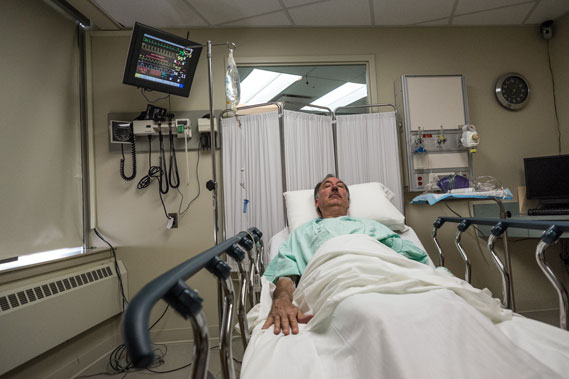UPMC’s flagship facility, UPMC Presbyterian.
From NEJM Catalyst:
The University of Pittsburgh Medical Center orthopedic service line “began routine collection of patient-reported outcomes (PROs) from all patients seeking orthopedic care in 2017. In a survey of patients who had seen a foot and ankle specialist, greater shares of patients who report that their physician discussed their PROs with them reported top-box scores for physician communication and shared decision-making from the Clinician and Group Consumer Assessment of Healthcare Providers and Systems (CG-CAHPS) survey.
“There is a correlation between PROs and patient satisfaction; patients who reported that physicians were discussing their PRO responses during office visits reported significantly better ratings of physician communication and shared decision-making.”
Among the takeaways from the survey, reports NEJM:
- “Patient-reported outcomes can be routinely collected and reported in the electronic health record.
- “Simply collecting patient-reported outcomes is not sufficient — clinicians must also discuss the responses during visits.
- “On average, patients who report that their patient-reported outcome responses were discussed during a visit provide higher ratings for doctor communication and shared decision-making.
- “Physicians may need training to discuss patient-reported outcome results with patients.”
To read the NEJM article, please hit this link.







